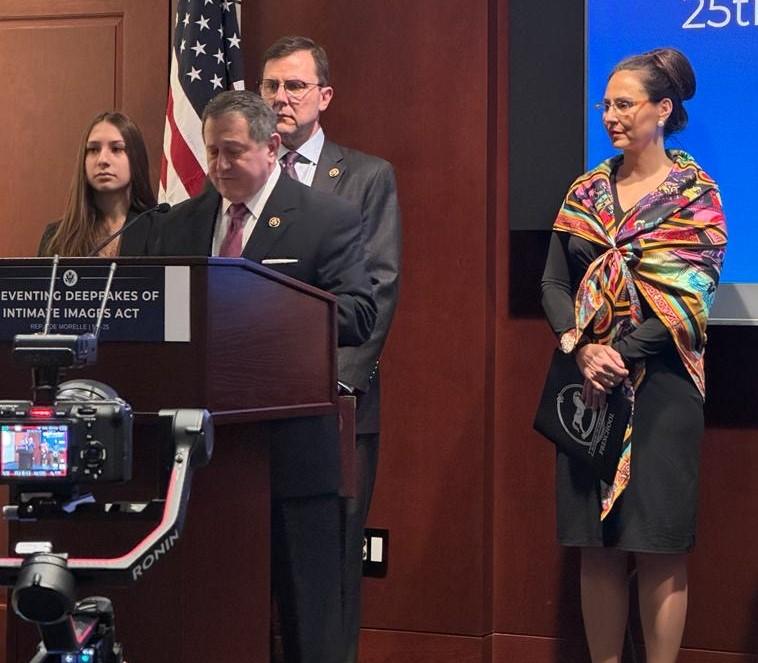Uncle Sam and the U.S. military could use more people like Dylan McNally and his parents, Chris and Marcy McNally, of Medfield, Massachusetts.
No military recruiter needed to call the McNally household or set up a booth at a high school event and hope that Dylan stopped by, or count on Dylan, as high school graduation neared, walking into the guidance office and grabbing some military information brochures.





